In Physics of Fluids, researchers design and analyze droplet experiments that were done on the International Space Station. The researchers sent four different surfaces with various roughness properties to the station, where they were mounted to a lab table. Cameras recorded the droplets as they spread and merged. The experimental results confirmed and expanded the parameter space of the Davis-Hocking model, a simple way to simulate droplets.
Tag: Droplet
What makes us sneeze?
What exactly triggers a sneeze? A team led by researchers at Washington University School of Medicine in St. Louis has identified, in mice, specific cells and proteins that control the sneeze reflex. Better understanding of what causes us to sneeze — specifically how neurons behave in response to allergens and viruses — may point to treatments capable of slowing the spread of infectious respiratory diseases.
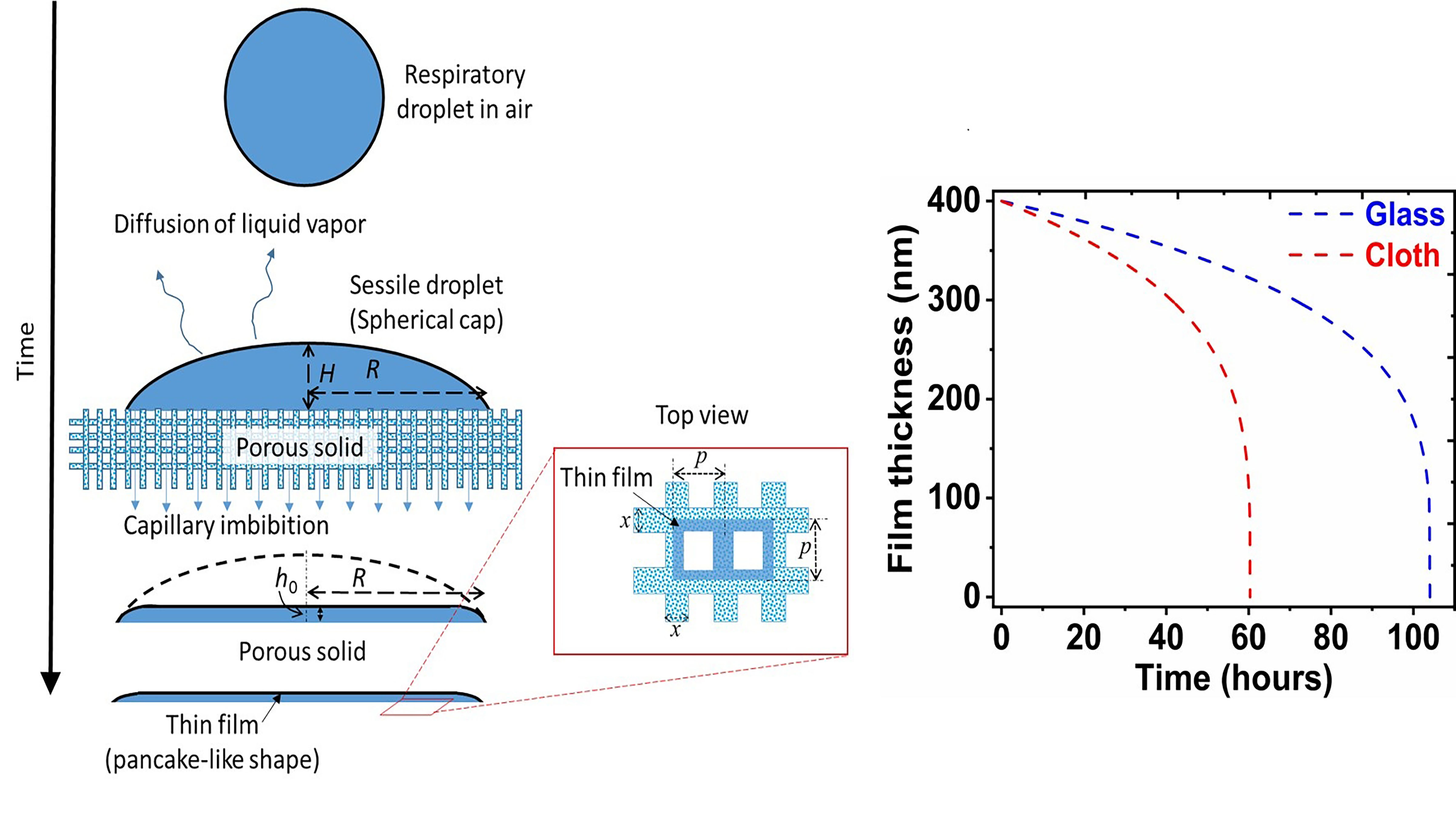
Porous Materials Unfavorable for Coronavirus Survival
As COVID-19 spreads via respiratory droplets, researchers have become increasingly interested in the drying of droplets on impermeable and porous surfaces; surfaces that accelerate evaporation can decelerate the spread of the virus. In Physics of Fluids, researchers show a droplet remains liquid for a much shorter time on a porous surface, making it less favorable to survival of the virus. On paper and cloth, the virus survived for only three hours and two days, respectively.
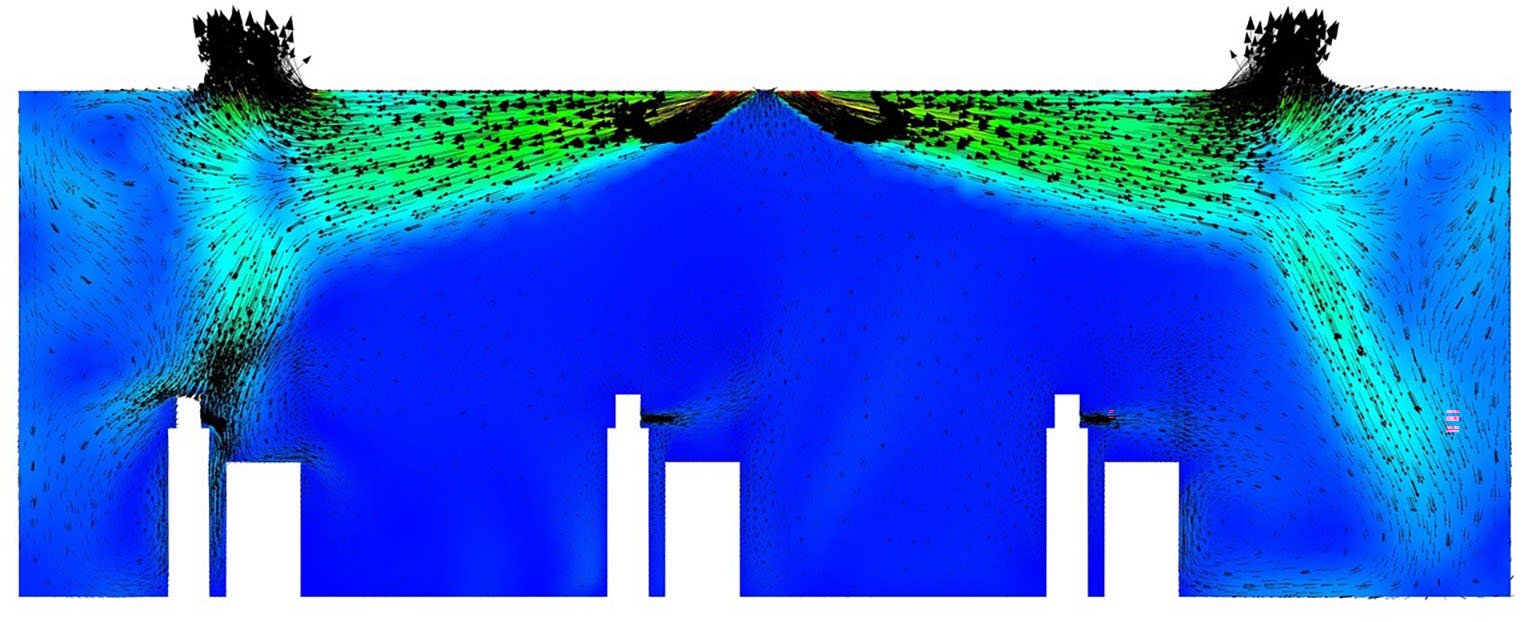
Keeping COVID-19 Out of Classrooms: Open Windows, Use Glass Screens In Front of Desks
Flow velocity distribution and particle size are key in aerosol transport, which is one of the main ways COVID-19 spreads, when aerosol particles are released during exhalation, talking, coughing, or sneezing. In Physics of Fluids, University of New Mexico researchers used computational fluid-particle dynamics to explore aerosol transport within an air-conditioned classroom model. They discovered opening windows increases the fraction of particles that exit the system by nearly 40%, while also reducing aerosol transmission between people within.
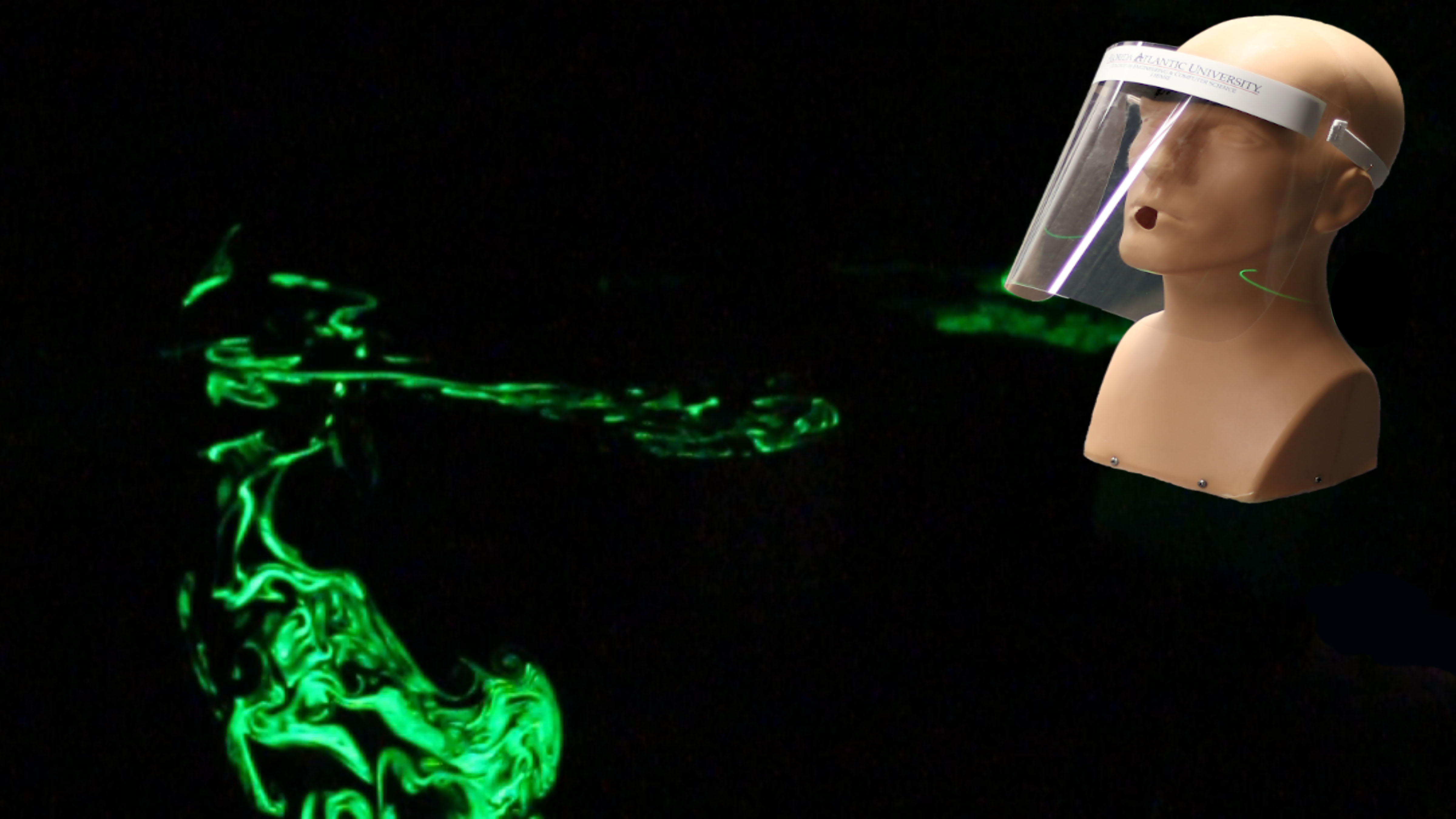
Face Shields, Masks with Valves Ineffective Against COVID-19 Spread
As countries experience a steep surge in COVID-19 infections, face masks have become increasingly accepted as an effective means for combating the spread of the disease when combined with social distancing and frequent hand-washing. Increasingly people are using clear plastic face shields and masks with exhalation valves instead of regular cloth or surgical masks, since they can be more comfortable. In a paper published in Physics of Fluids, researchers investigate whether they are as effective.
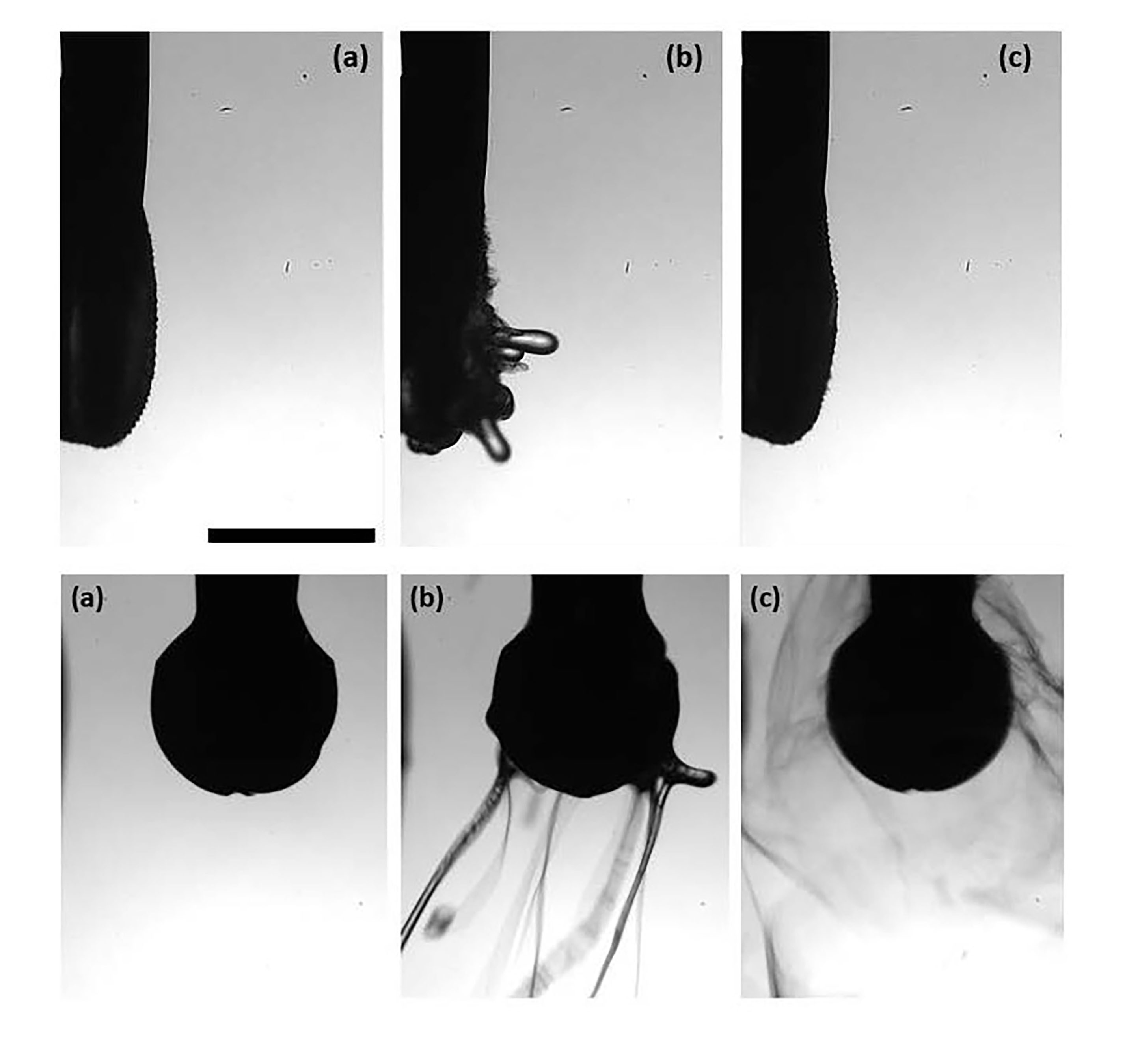
Polymers Prevent Potentially Hazardous Mist During Dentist Visit
If the mist in a dentist’s office — sent flying into the air by spinning, vibrating tools — contains a virus or some other pathogen, it is a health hazard for dentists and patients. So researchers in Illinois studied the viscoelastic properties of food-grade polymers and discovered that the forces of a vibrating tool or dentist’s drill are no match for them. Not only did a small admixture of polymers completely eliminate aerosolization, but it did so with ease.
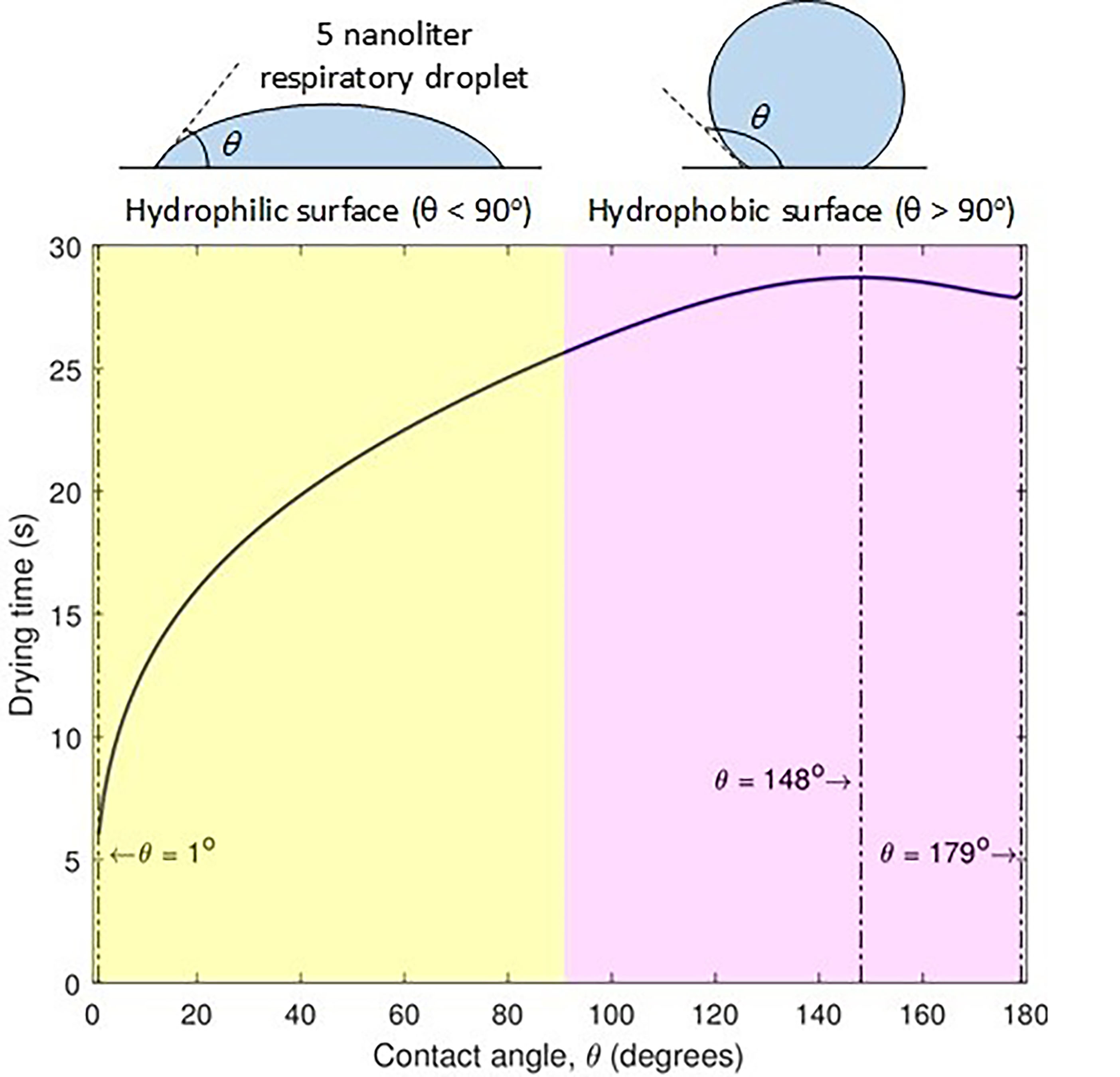
Masks, PPE Materials Should Be Hydrophilic
Since the COVID-19 virus spreads through respiratory droplets, researchers in India set out to explore how droplets deposited on face masks or frequently touched surfaces dry. Droplets can be expelled via the mouth or nose and studies have shown a substantially reduced chance of infection once they dry. In Physics of Fluids, the researchers publish their findings that surface wetting properties to reduce the drying time of droplets could help lessen the risk of infection from coronaviruses.
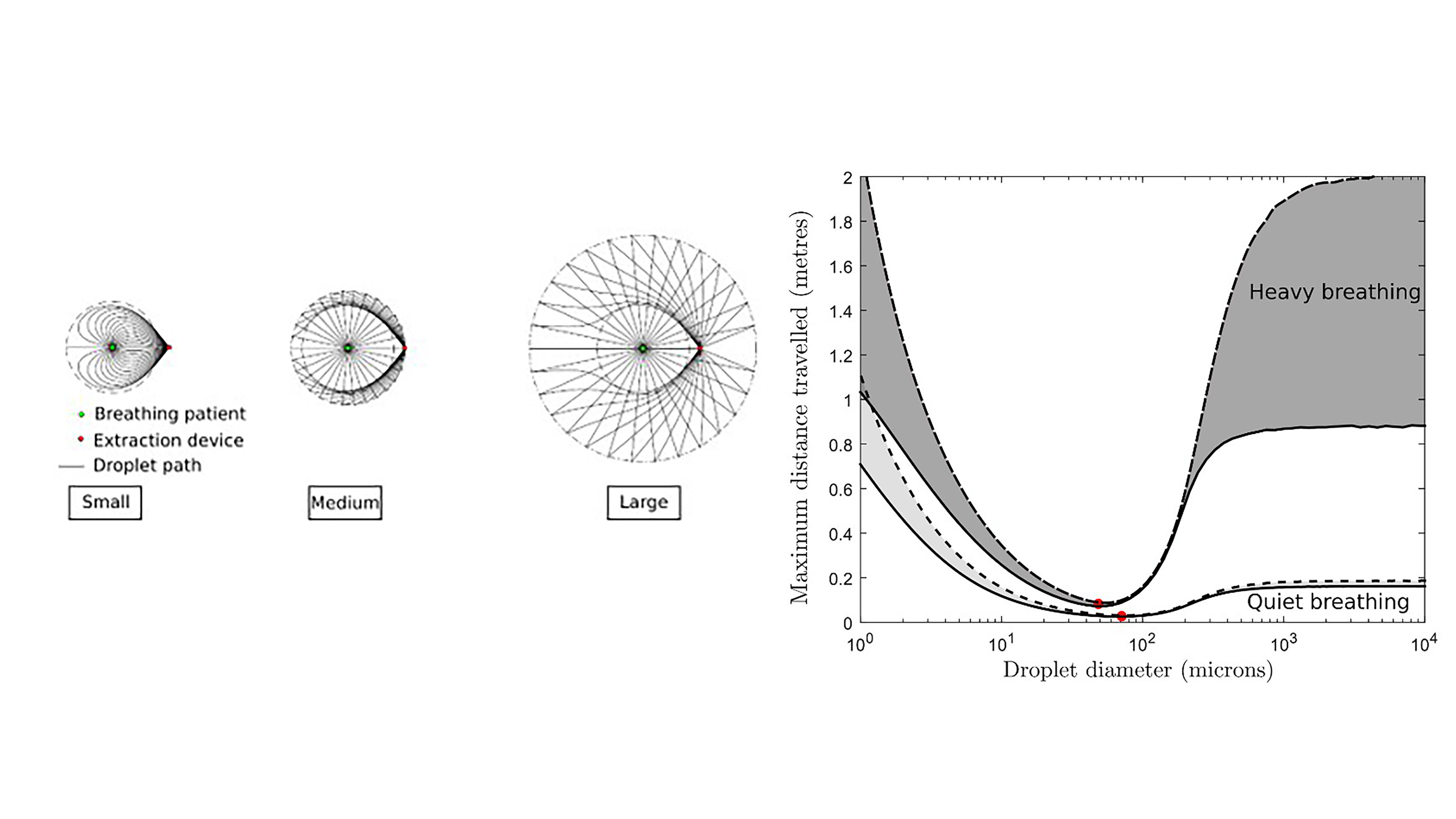
Droplet Spread from Humans Doesn’t Always Follow Airflow
If aerosol transmission of COVID-19 is confirmed to be significant, as suspected, we will need to reconsider guidelines on social distancing, ventilation systems and shared spaces. Researchers in the U.K. believe a better understanding of different droplet behaviors and their different dispersion mechanisms is also needed. In Physics of Fluids, the group presents a model that demarcates differently sized droplets. This has implications for understanding the spread of airborne diseases, because the dispersion tests revealed the absence of intermediate-sized droplets.